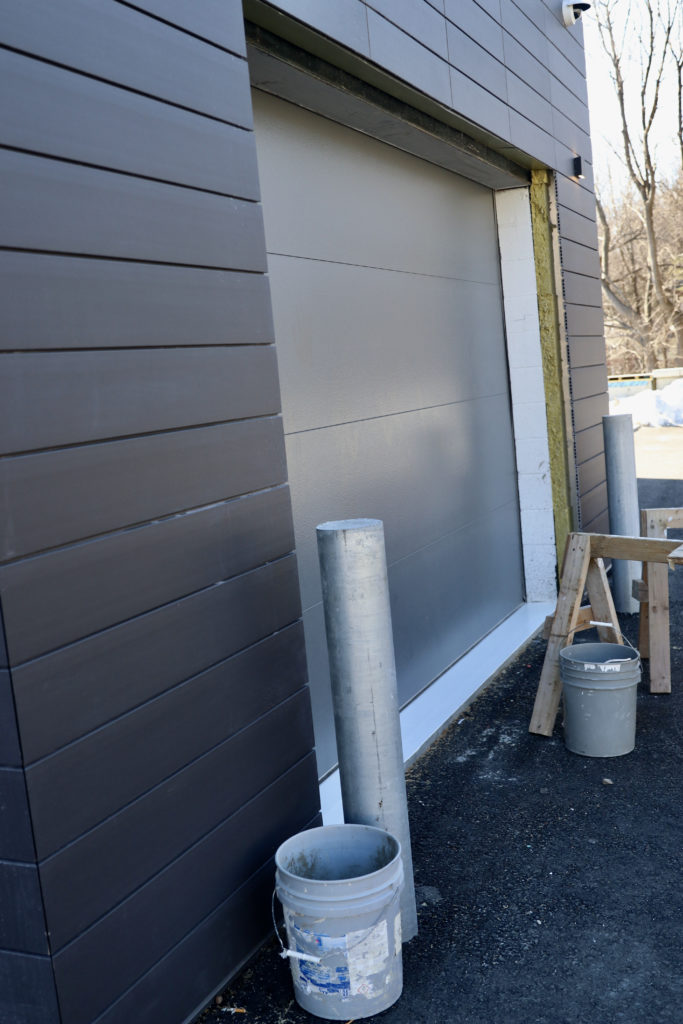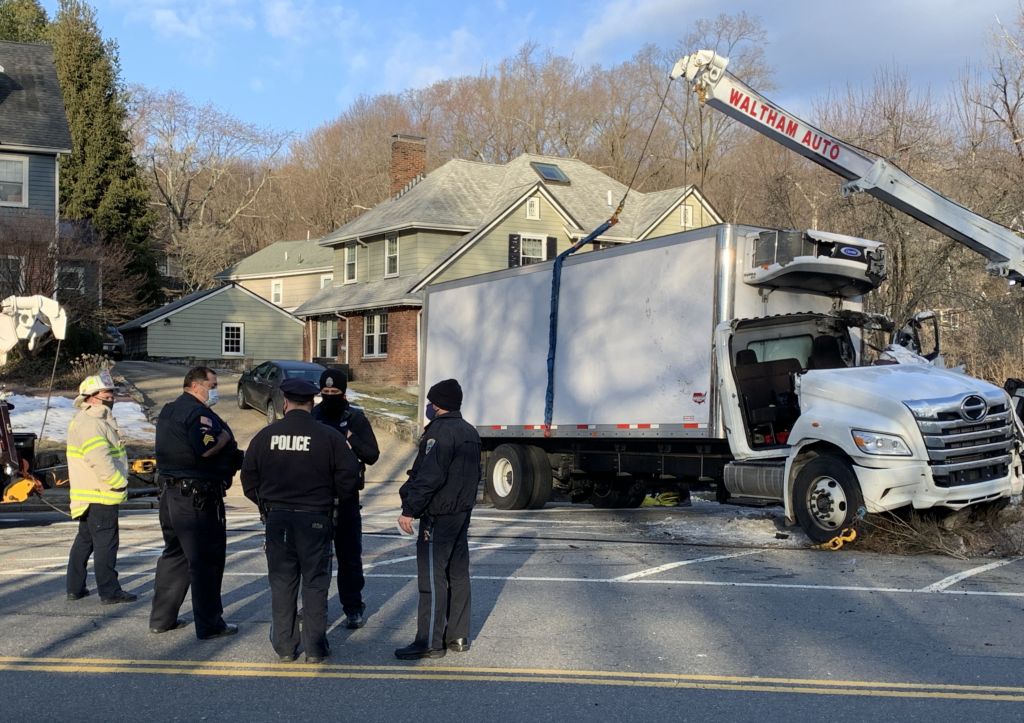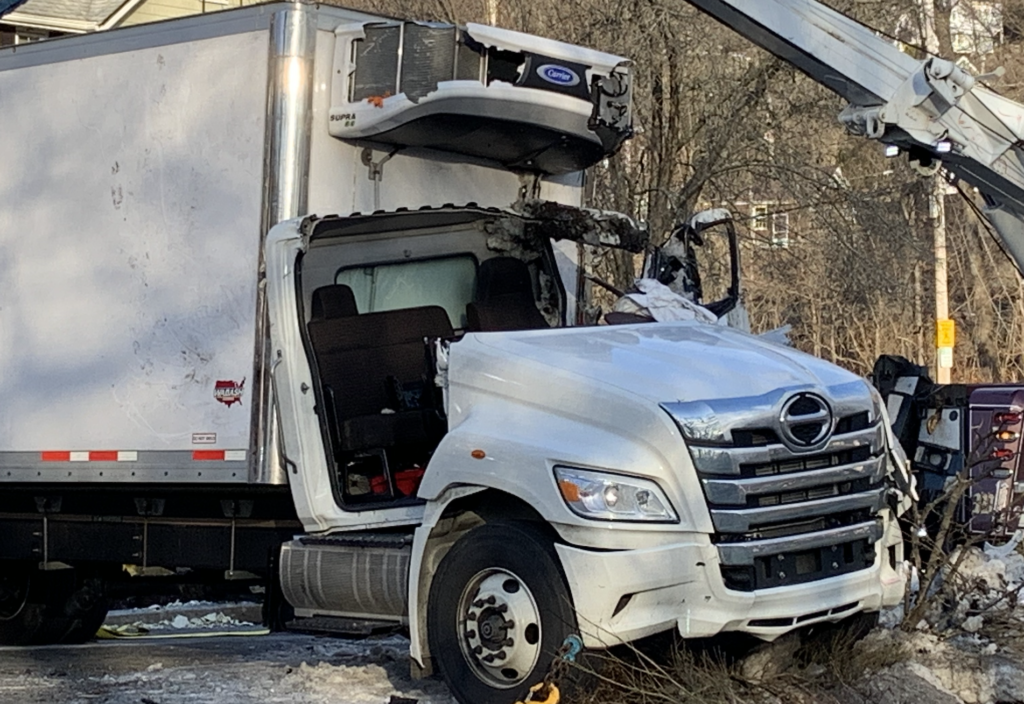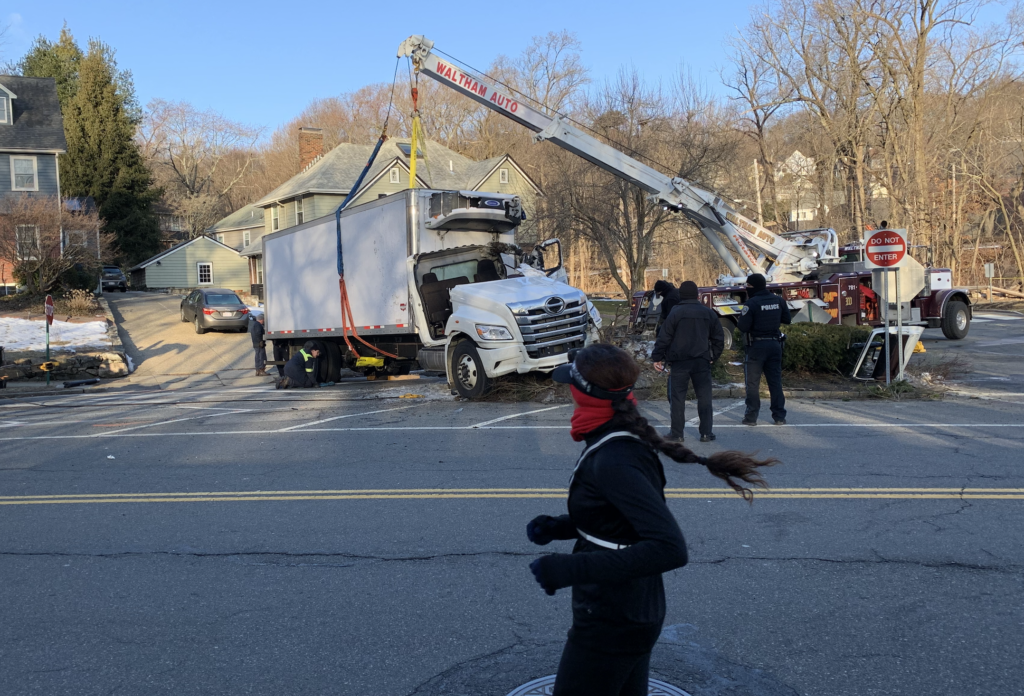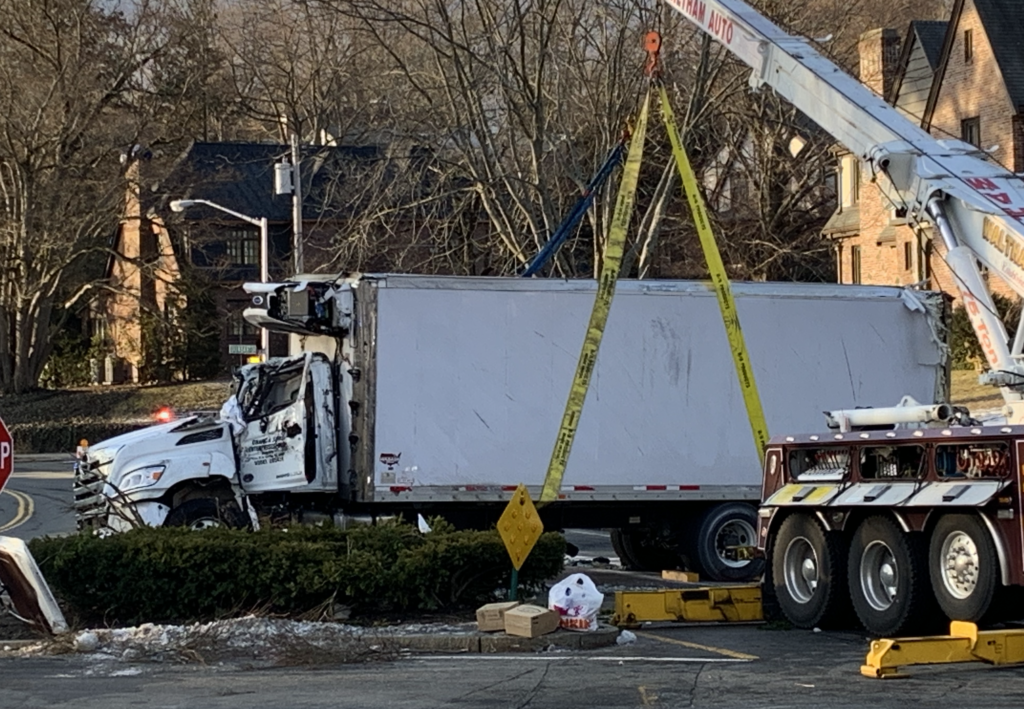Photo: Leonard Street down to one lane last summer
The Select Board will hold a public meeting to discuss a proposal to restrict Leonard Street to one lane of traffic between Moore Street and Alexander Avenue from April through October. The virtual meeting will take place on Monday, March 8 at 7 p.m.
“The town is eager to hear comments and get feedback to determine the level of interest of this proposal,” according to the announcement sent by the Town Clerk’s Office.
Last year, the Select Board instituted the one way traffic plan to allow restaurants to expand their al fresco dining area onto Leonard Street to assist those business owners impacted by COVID-19 restrictions on indoor operations. While many enjoyed the increased pedestrian opportunities created by the measure, retail shops said the loss of parking spaces on Belmont’s main commercial center hampered their businesses.
Join Zoom Meeting
Meeting ID: 882 0940 4357
To join by telephone, Call: 1 (929) 205 6099
When prompted, enter: 88209404357
When prompted, enter #
To ask a question or raise your hand, enter *9 on your phone.

